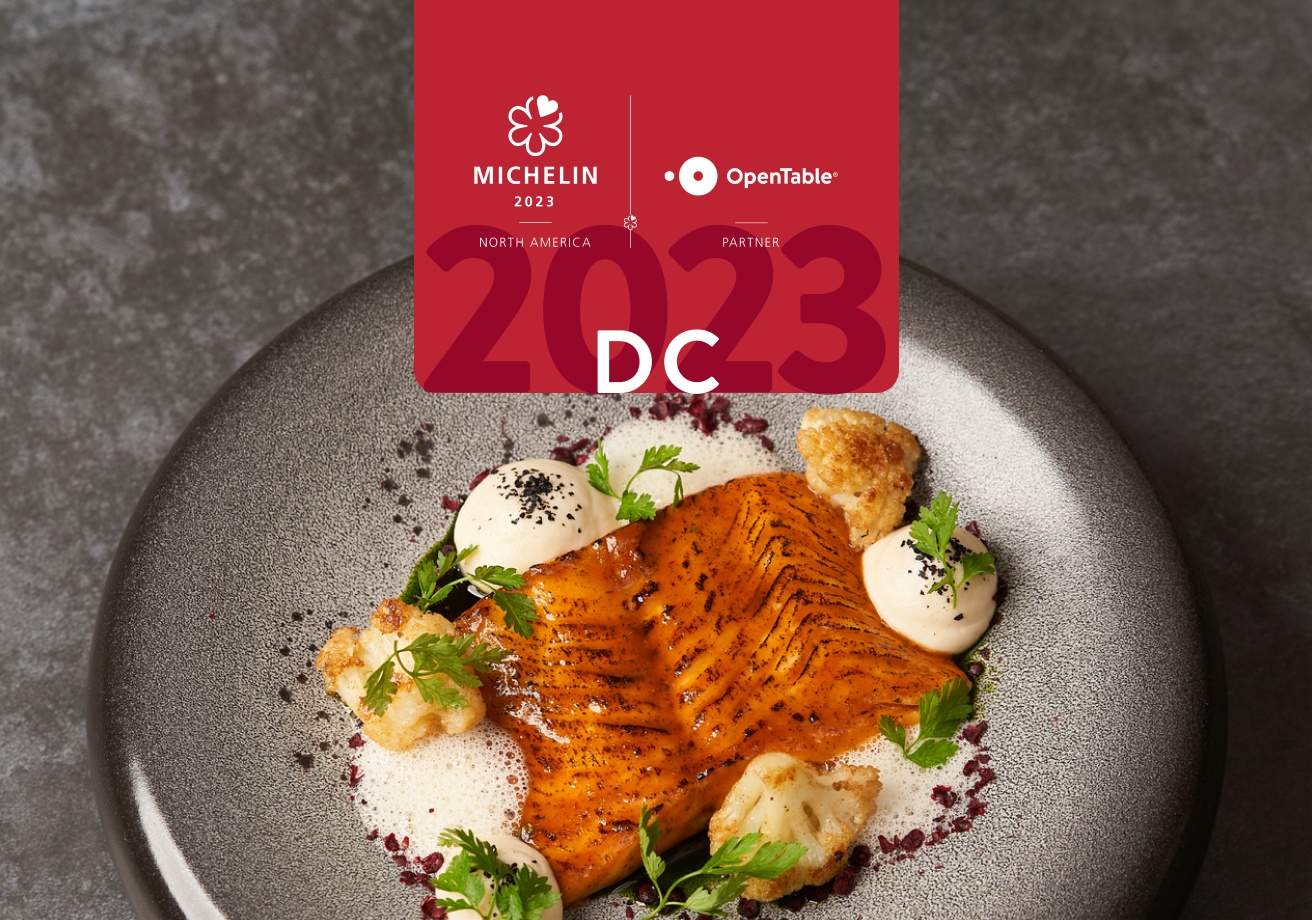As diners return to restaurants this spring, many are eager to finally sit down, cozy up, and stay a while — only to learn that their reservation has been capped at 90 minutes.
During the pandemic, more restaurants have placed time limits on tables, often to comply with government safety guidelines (the CDC encourages restaurants to stagger and limit dining times to minimize the number of customers inside at a given moment). And some restaurants have adopted caps simply because they need them to stay in business — with tables spaced six feet apart, restaurants are serving fewer people overall, and these policies guarantee they can seat more people, turn a table multiple times during a service, and make up for time lost to COVID.
As restaurants navigate the tension between safety, hospitality, and profit, communication with diners has never been more important. Here’s what you need to know about reservation time limits, and why they matter for the businesses you love.
Why time limits matter
With safety regulations and revenue top of mind for restaurants, COVID-19 has brought the issue of lengthy dining times to the forefront.
At AG Inspired Cuisine, an upscale restaurant in the heart of picturesque Niagara Falls, diners expect to relax and linger. “Tables of two and four are spending $200 to $600, and we found they would sit for two or three hours,” says Stephan Voigt, the restaurant’s fine dining manager. “We need to keep up a certain pace. [With] one year of revenue lost, we have to make [it] up somehow.”
If $200 to $600 sounds like a lot of money, think about it this way: that’s $100 to $150 per person. The difference between two and three seatings in each chair at, say, a 30-seat restaurant adds up to thousands of dollars over the course of a service.
Diners are on board with these rules, at least theoretically. In OpenTable’s most recent diner survey, 44 percent of respondents said it was extremely important for restaurants to limit the number of people they seat in order for diners to feel comfortable eating out again. Also, people are likely to finish meals at most restaurants within an hour or two, regardless of an official policy.
Still, some balk when explicitly asked to move on. As one diner told the Wall Street Journal of a 90-minute wine pairing dinner, “I thought, ‘OK, I’ve got to suck this one down before the next wine arrives.’”
Why you’re seeing them now
Ultimately, the pandemic has made it necessary for restaurants to reveal to diners operational magic that they’ve previously kept hidden. For example, the farm-to-table Semolina in Red Bank, New Jersey, has observed time limits since long before the pandemic, but they were never communicated to diners because they didn’t have to be. Now, though, chef and owner Chuck Lesbirel says they clearly communicate to diners ahead of time because they need the time to sanitize and properly plan for every table.
Semolina is onto something. “Simple communication and expectation setting are key,” says Jon Morin, OpenTable’s vice president of product management. “Restaurants can let diners know about their policies, like time limits, during the booking process, in reservation reminders, and even once they arrive. We’re just looking to help restaurants and diners align on expectations so they can enjoy their dining experience.”
Through a front-of-house system that diners never see, restaurants use OpenTable to set estimated dining times for each table so they can predict when they’ll have space for walk-ins, how many staff members they need on the floor, and other operational flows. As restaurants begin to recover from the pandemic, diners will see more of the behind-the-scenes work that’s historically lived behind the theater of dining. Sometimes that transparency lands, and sometimes it doesn’t.
“The staff really have to manage guests and remind them that we have another seating coming in, and that their time is almost up,” says Voigt. “Some people are fine. Some people are like, ‘I’m spending this amount of money and you’re rushing me out?’”
For Voigt, the pandemic has made it necessary for restaurants to ask diners for cooperation and empathy when it comes to turn times, if diners want these businesses to survive. “Our industry has been demolished, and things are different now, at least for the next few years,” he says. “We need to make changes to capture more revenue.”
What hospitality looks like on the clock
As restaurants become more transparent about their operations and struggles, they’re asking diners to meet them halfway so that the whole industry can bounce back.
Like Voigt, Lesbirel has observed a range of diner reactions to Semolina’s 90-minute limit. People especially protest when the restaurant can’t accommodate their change of plans. “The only time we really start to run into any issues is when guests arrive late for their reservations, and we do not extend that 90 minutes,” he says. “If you show up ten minutes late, then you now only have 80 minutes to dine with us.”
Consequently, one of the most important things diners can do to help restaurants and make sure they have a good time is to show up on time for reservations. If both parties hold up their ends of the bargain, it’s unlikely that anyone will feel rushed.
Meanwhile, some restaurants are adjusting their service to make sure diners feel taken care of, such as Girl & the Goat in Chicago offering small plates that can be brought to tables as they’re ready or others sending diners home with a to-go treat or cocktail on their way out. Some restaurants even encourage people to order ahead to save time between ordering and receiving a dish.
For those diners who do want to linger, there’s a time and place for it: less busy weeknights, or outside the peak 7pm to 8pm window. Without reasons to rush back to work after lunch or off to a show after dinner, people are more willing to dine at the places they love during shoulder times –– and post-pandemic, 6pm might be the new 8pm.





